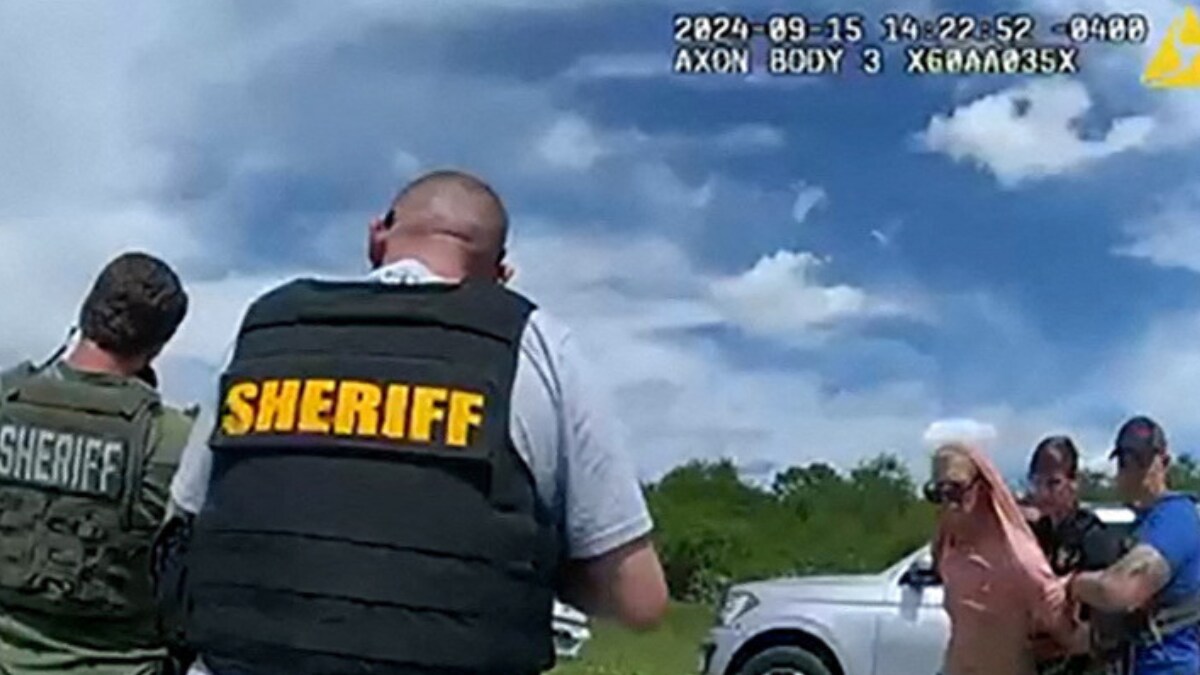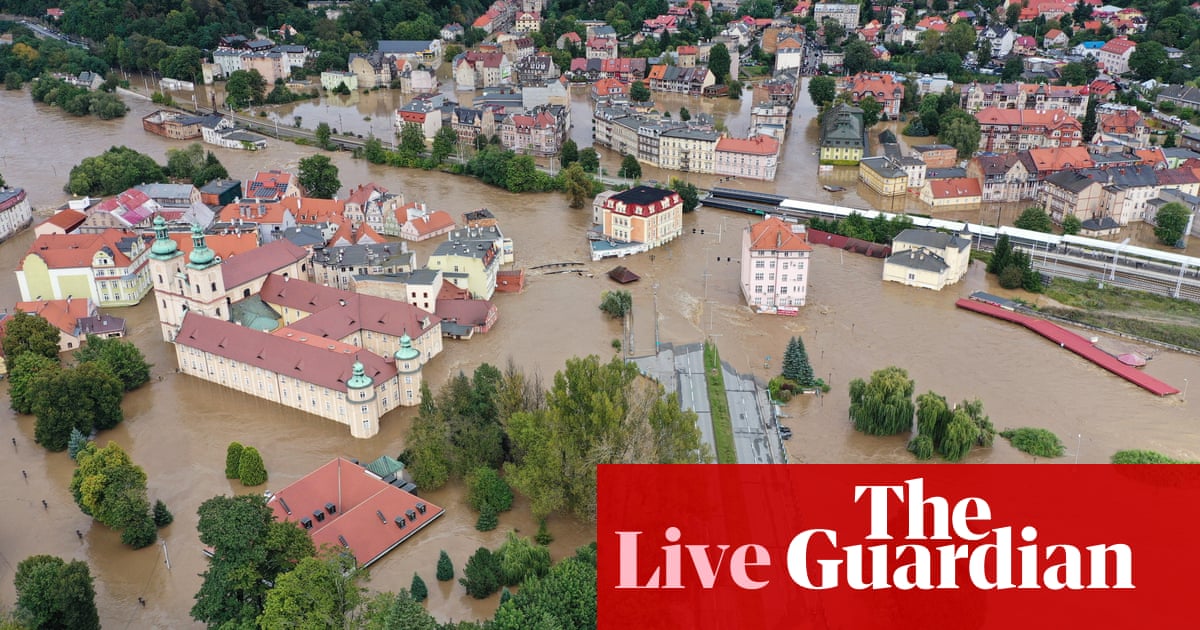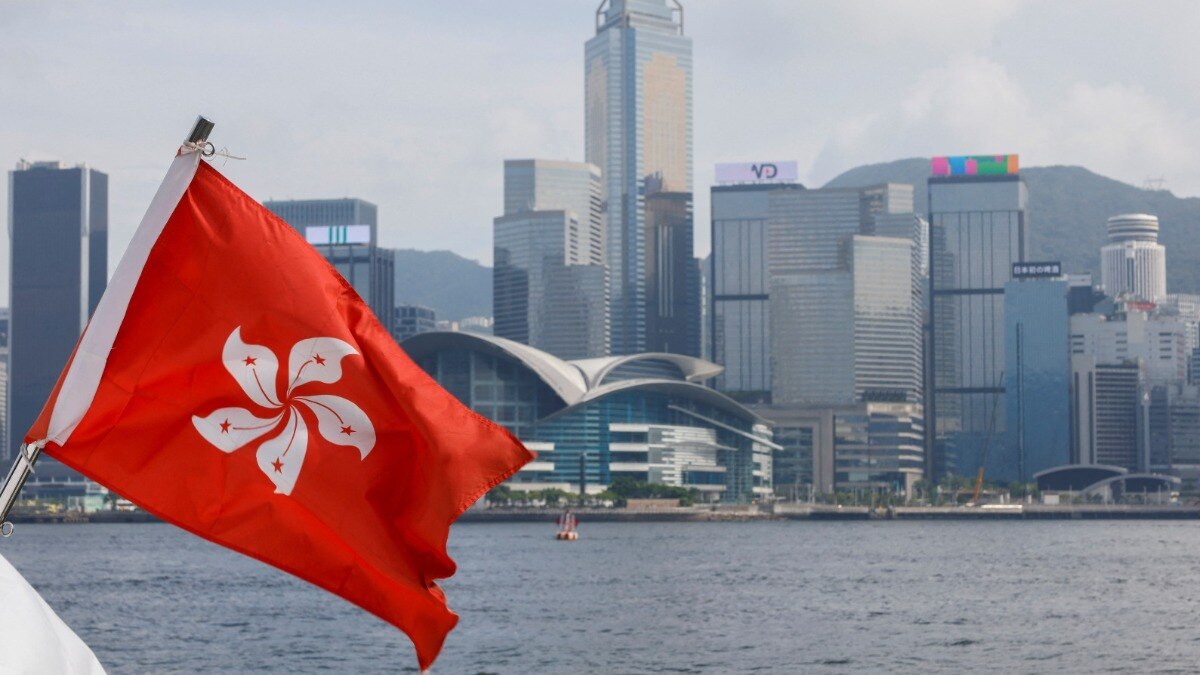Last Updated: September 07, 2024, 08:24 IST
Washington D.C., United States of America (USA)

NASA astronauts Butch Wilmore and Suni Williams pose ahead of the launch of Boeing's Starliner-1 Crew Flight Test (CFT), in Cape Canaveral, Florida, U.S., April 25, 2024. (Reuters)
The two astronauts bid farewell to a capsule whose propulsion system problems stretched their eight-day test into an eight-month mission
Boeing’s Starliner spacecraft undocked from the Space Station (ISS) on Friday, returning to Earth without its crew of US astronauts, Butch Wilmore, and Sunita Williams to complete a lengthy test mission marked by technical issues.
NASA astronauts, who became the first two to fly Starliner in June, remained on the ISS with seven other astronauts 400 km in orbit as Starliner autonomously departed the laboratory at 6:04 pm ET for a six-hour journey toward Earth.
Problems with capsule
The two astronauts bid farewell to a capsule whose propulsion system problems stretched their eight-day test into an eight-month mission. Stocked with extra food and supplies, Wilmore and Williams will instead return on a SpaceX vehicle in February 2025, NASA announced last week.
Since then, Boeing engineers have uploaded new software to Starliner that allows it to come back without a crew inside. The return trip will be a key test of Starliner’s maneuvering capability. The capsule is poised to use its maneuvering thrusters to gradually lower its orbit and reenter Earth’s atmosphere at around 11:17 pm, followed by a 12:03 am parachute-assisted touchdown at the White Sands Space Harbor, an arid military test site in New Mexico.
Thrusters failed
Five of Starliner’s 28 maneuvering thrusters had failed with Wilmore and Williams on board during their approach to the ISS in June, while the same propulsion system sprang several leaks of helium, which is used to pressurize the thrusters.
Despite successfully docking on June 6, the failures set off a monthslong investigation by Boeing – with some help from NASA – that has cost the company $125 million, bringing total cost overruns on the Starliner program just above $1.6 billion since 2016, according to a Reuters analysis of securities filings.
SpaceX
Boeing’s Starliner has faced ongoing issues since its failed 2019 test trip to the ISS without a crew. A subsequent mission in 2022 largely succeeded, though some thrusters malfunctioned.
These troubles highlight Boeing’s struggles in space, a field it once dominated until SpaceX, led by Elon Musk, began offering cheaper satellite and astronaut launches, changing NASA’s approach to working with private companies. Boeing plans to recover the Starliner capsule after its landing in New Mexico and will continue investigating the thruster failures.
(With agency inputs)

 1 week ago
1 week ago


















